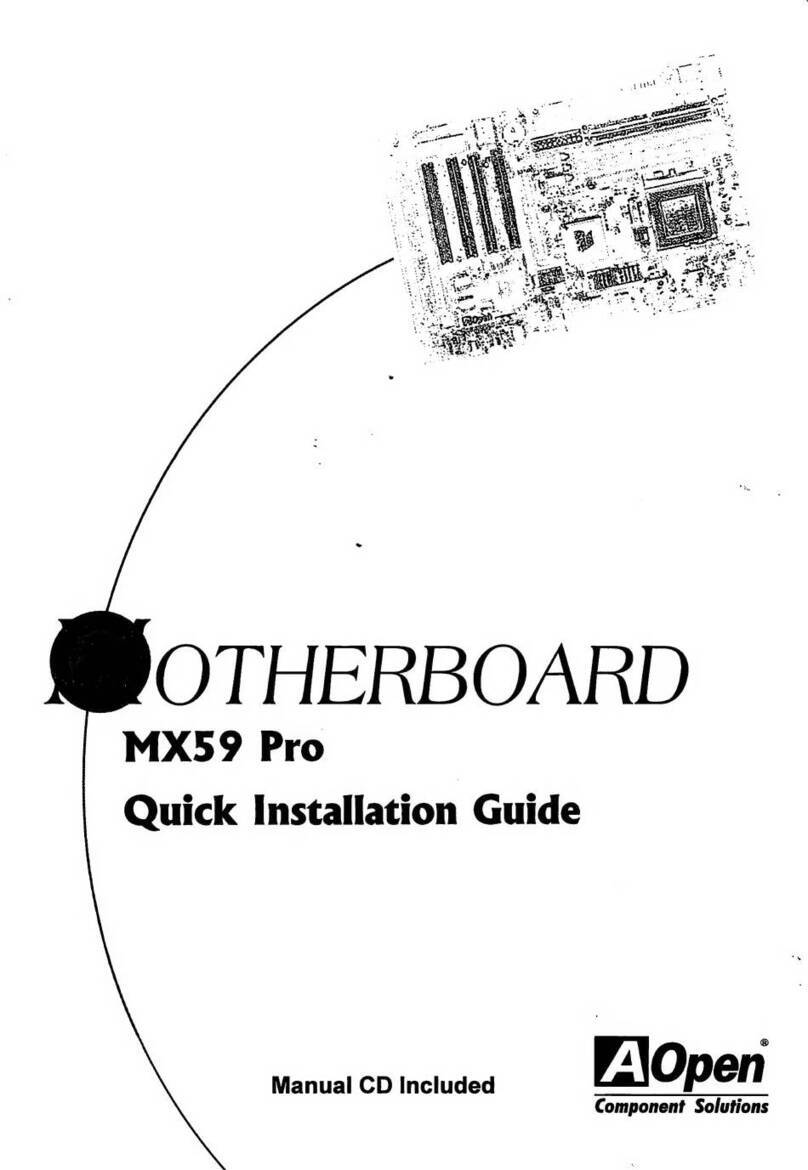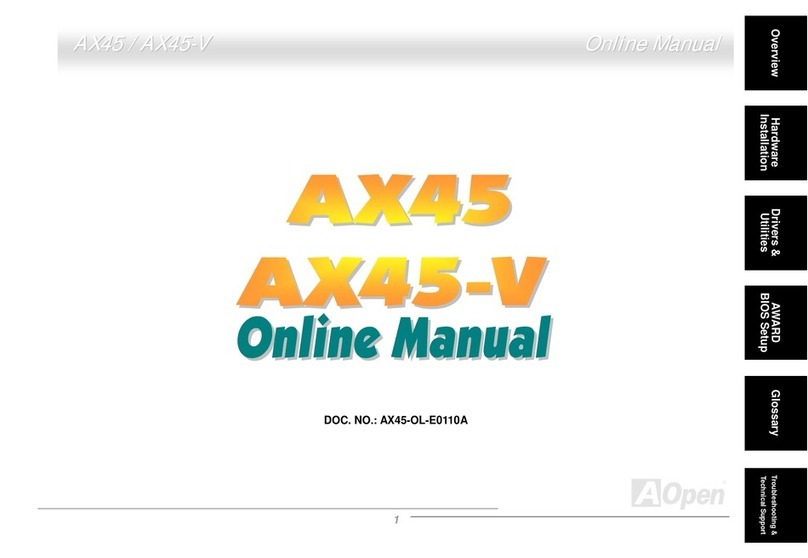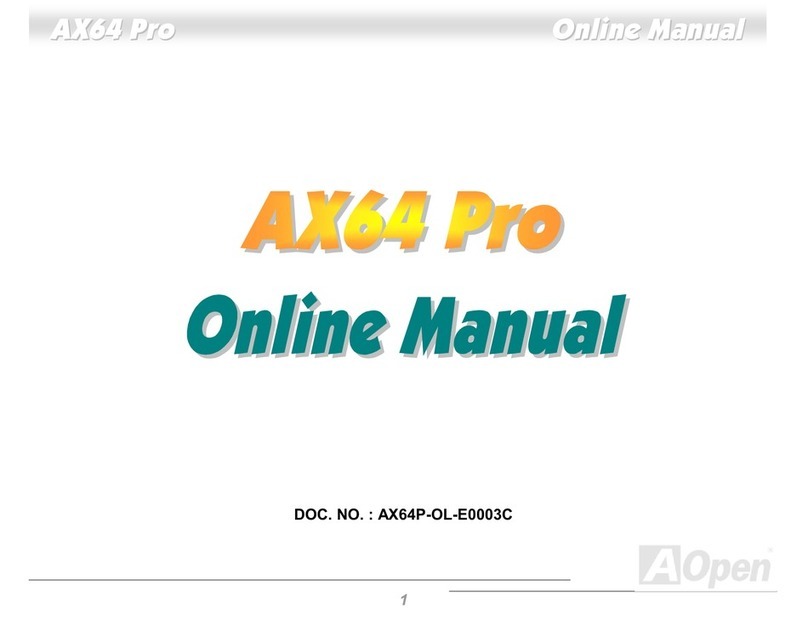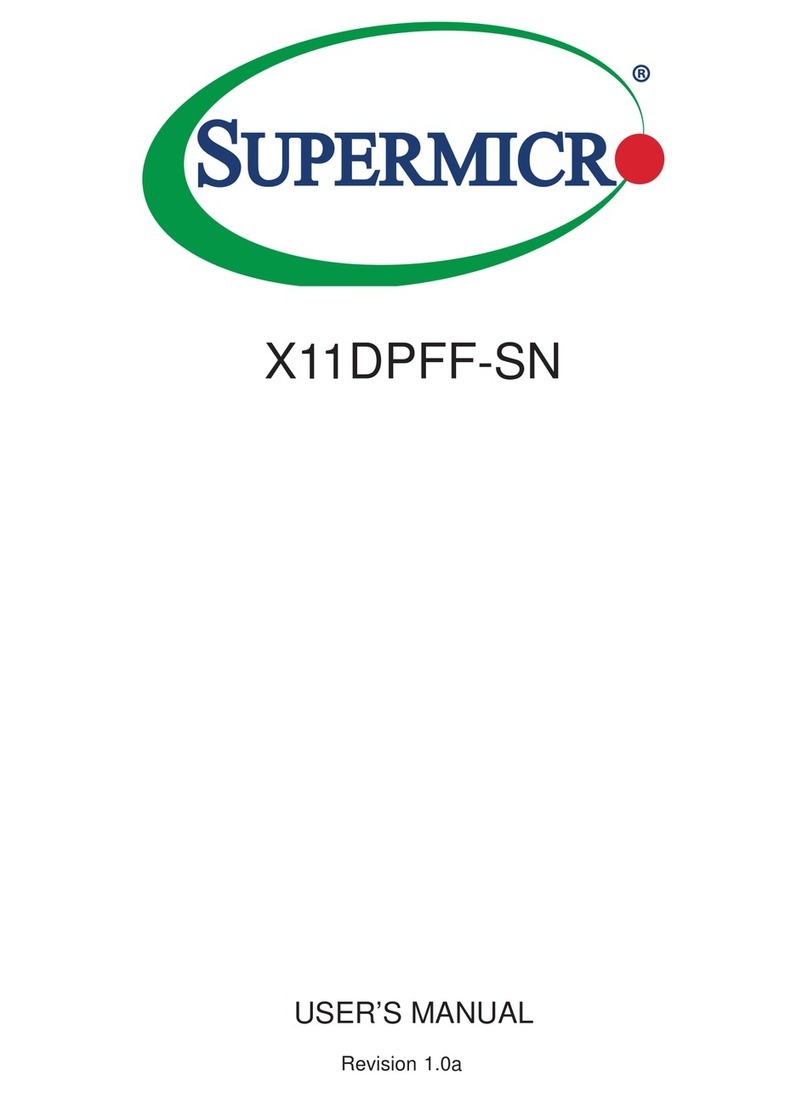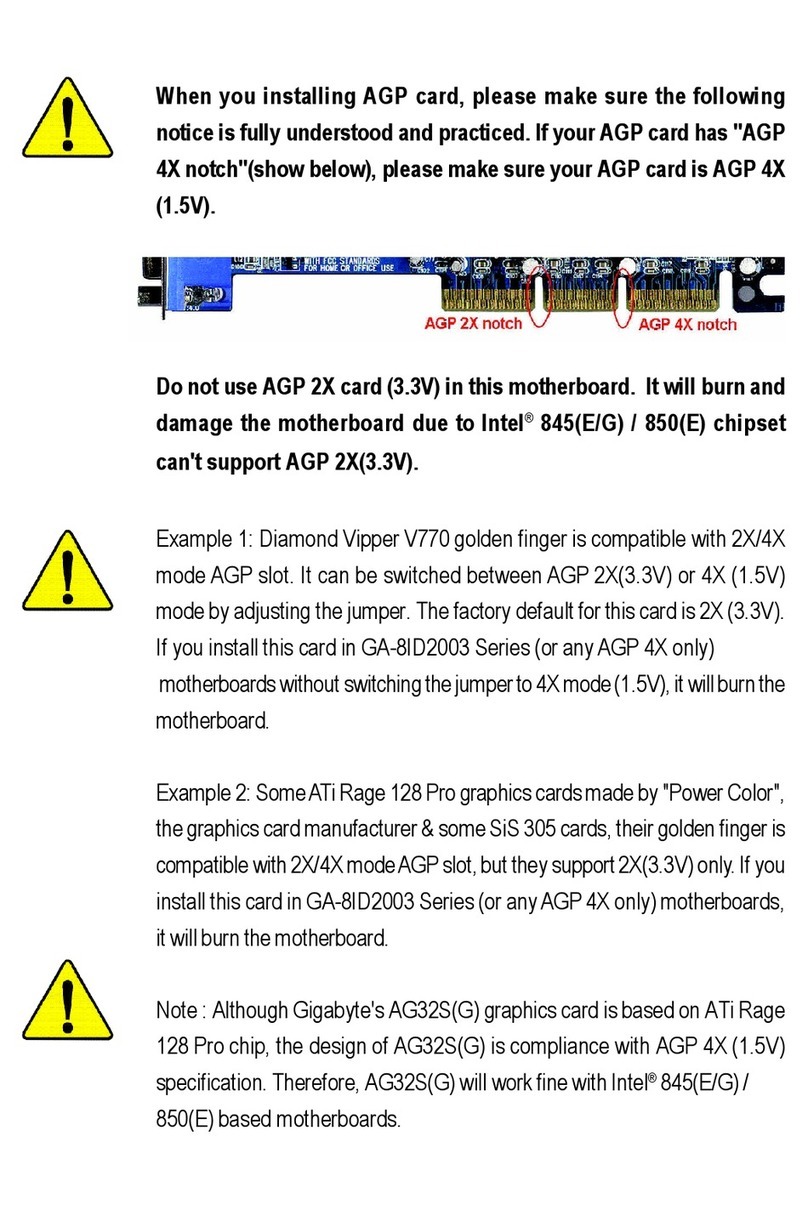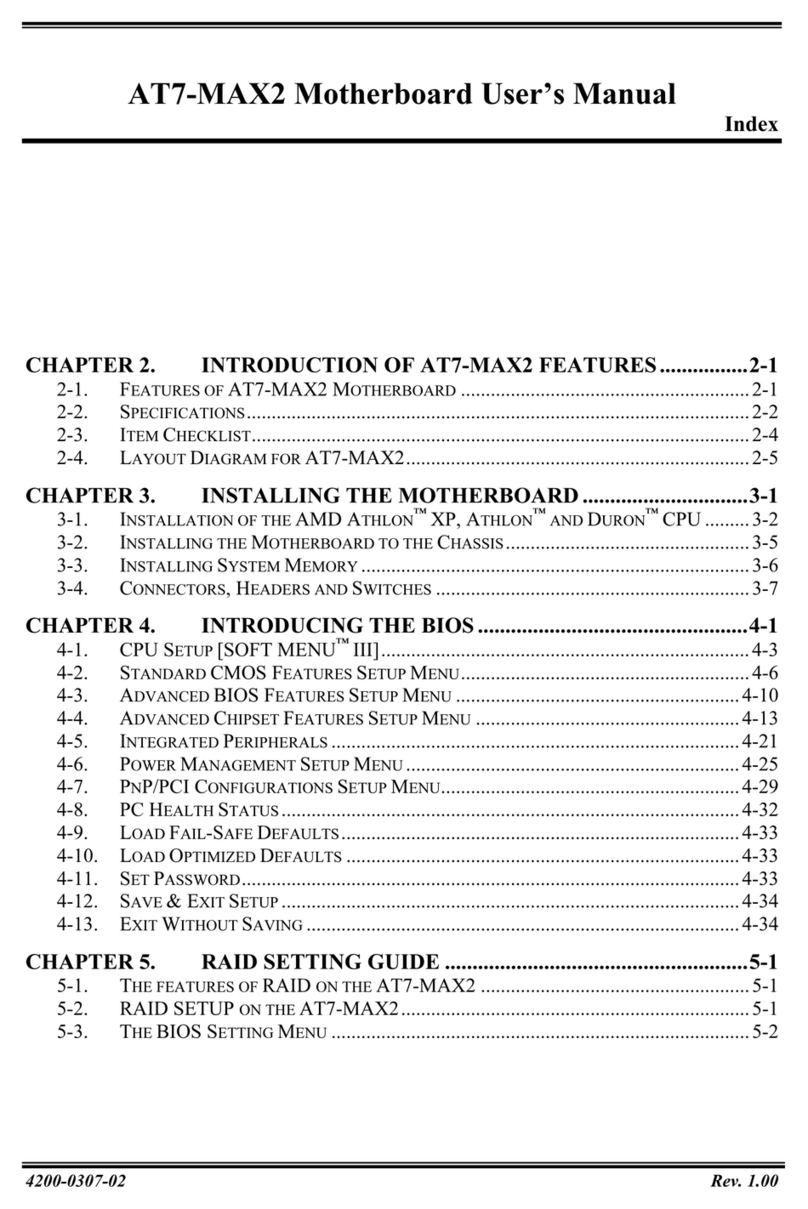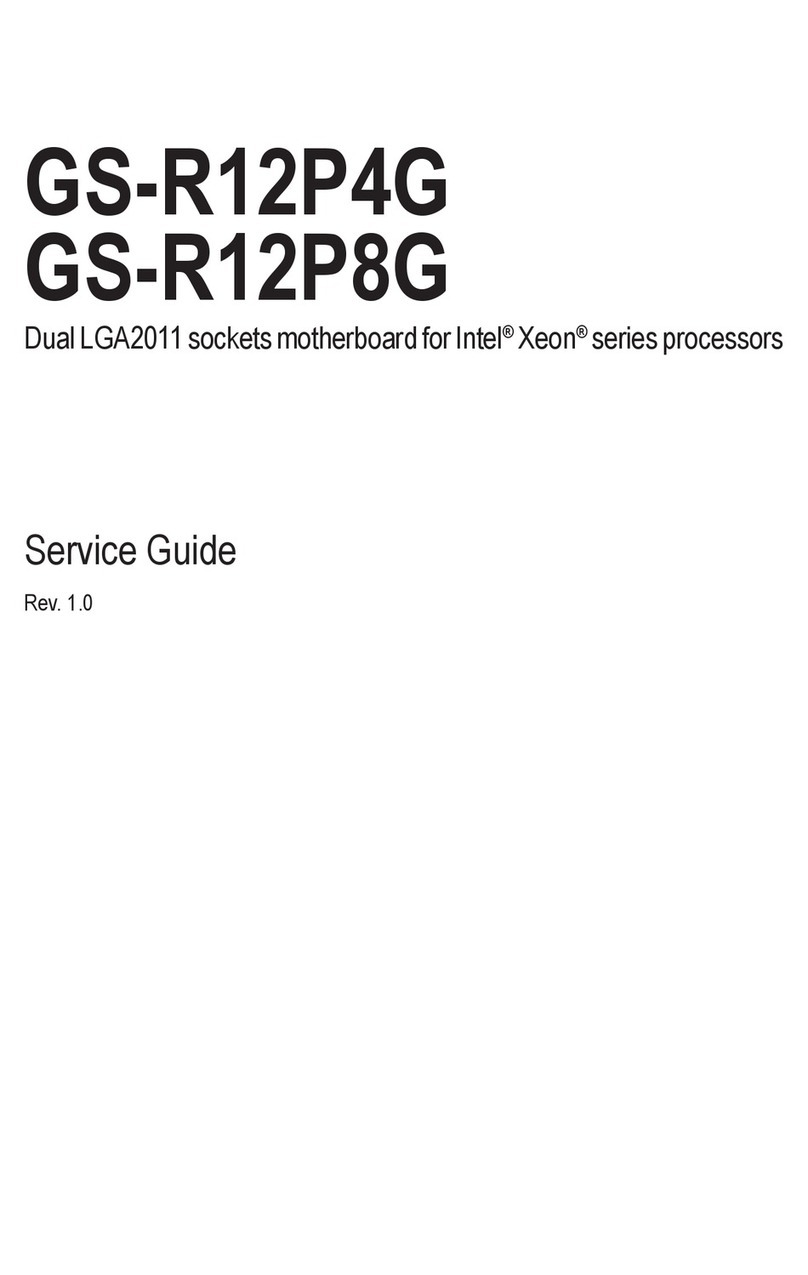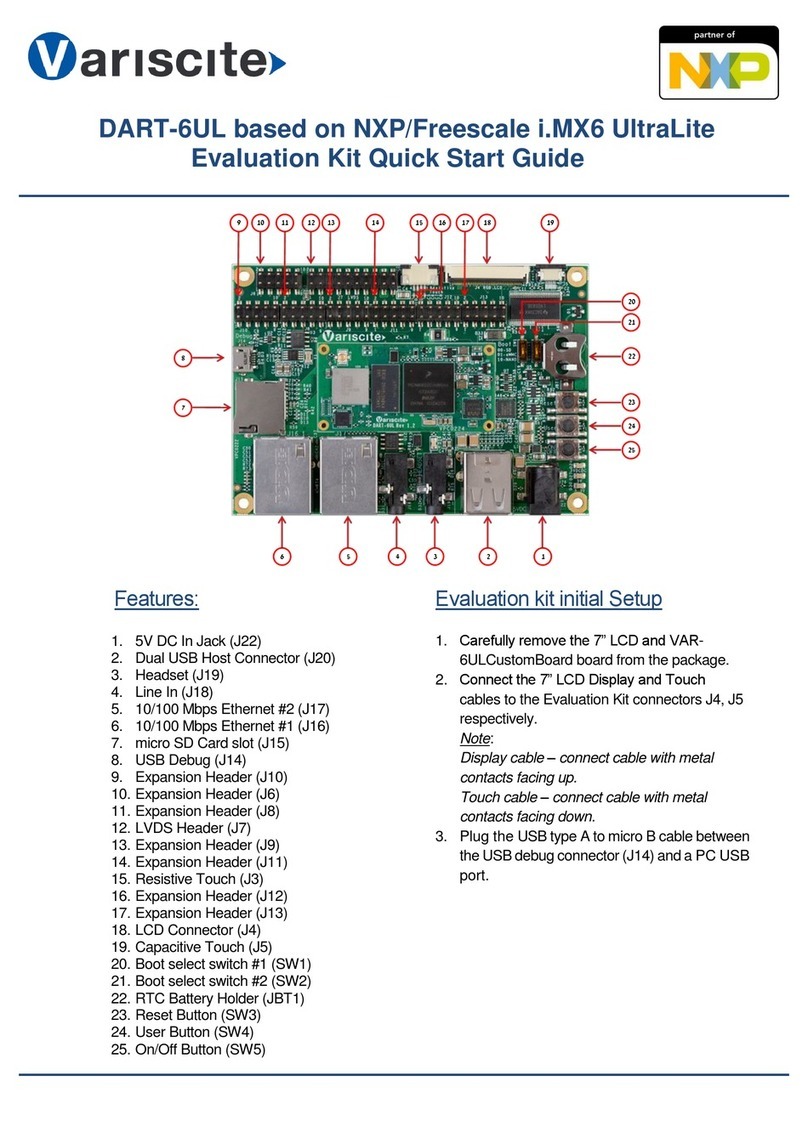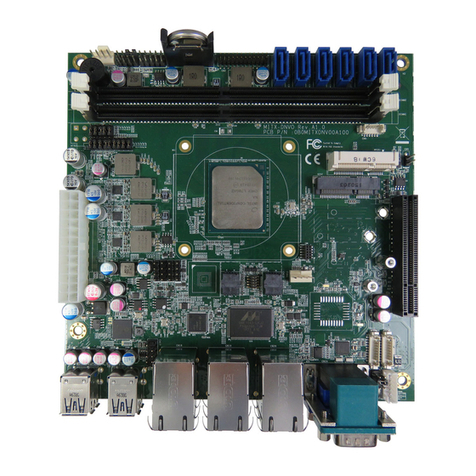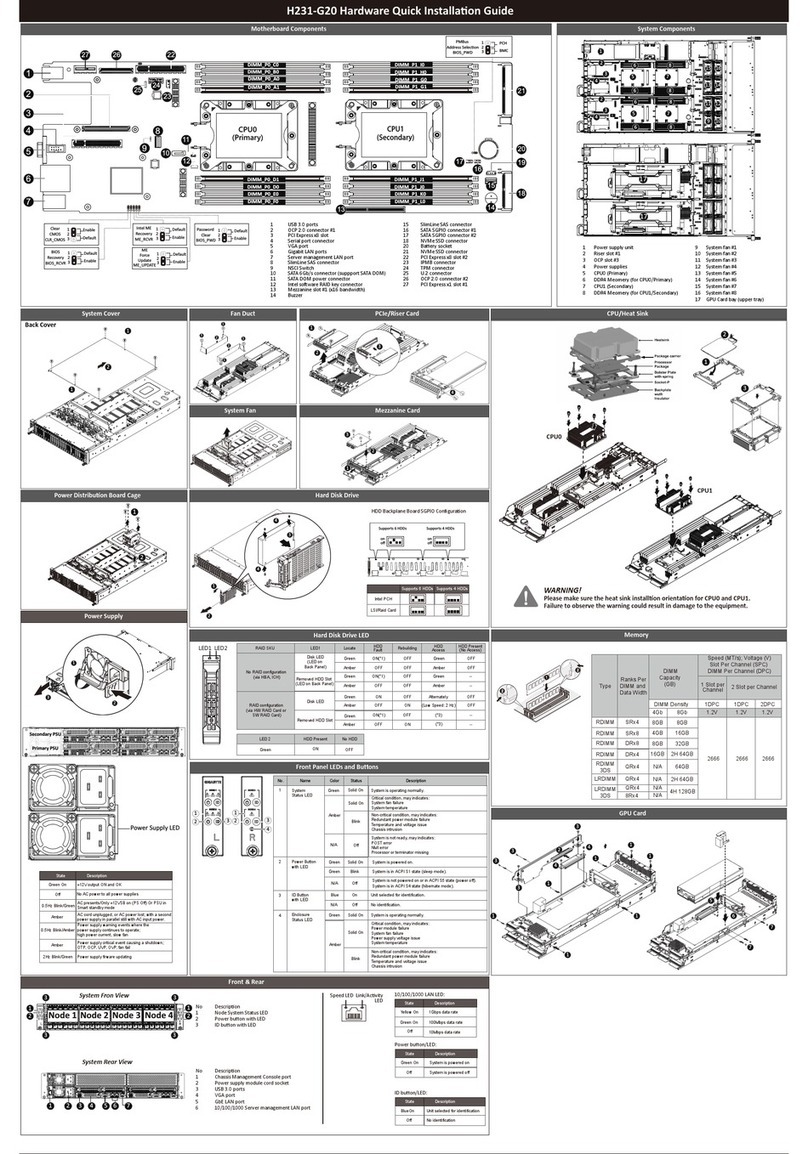AOpen AP43 User manual




















Table of contents
Other AOpen Motherboard manuals
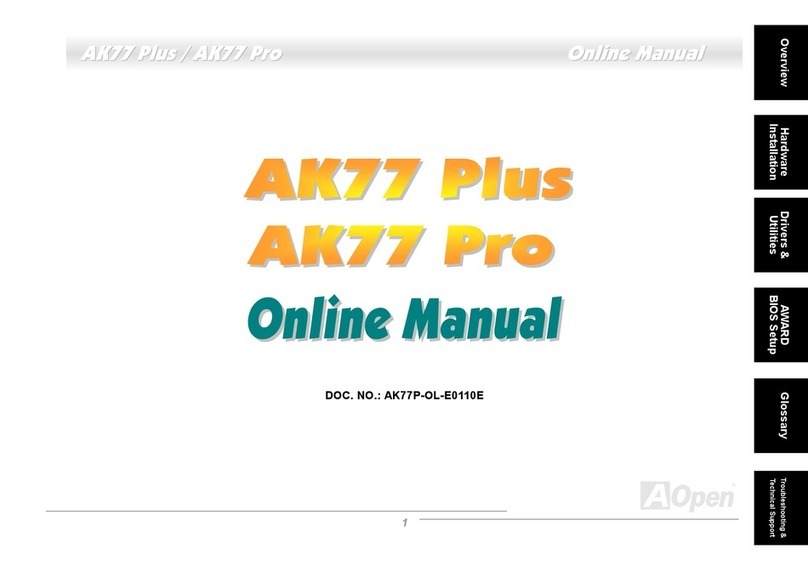
AOpen
AOpen AK77 PLUS User manual
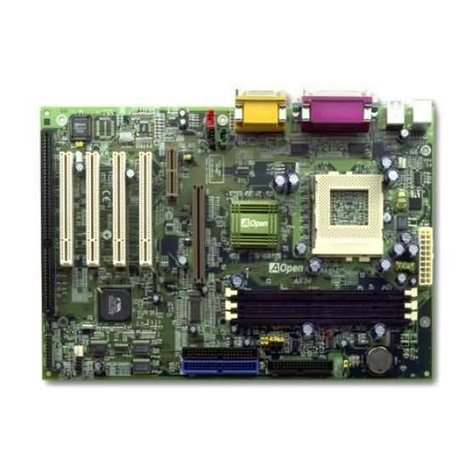
AOpen
AOpen AX34 Pro II Setup guide

AOpen
AOpen AX6L User manual
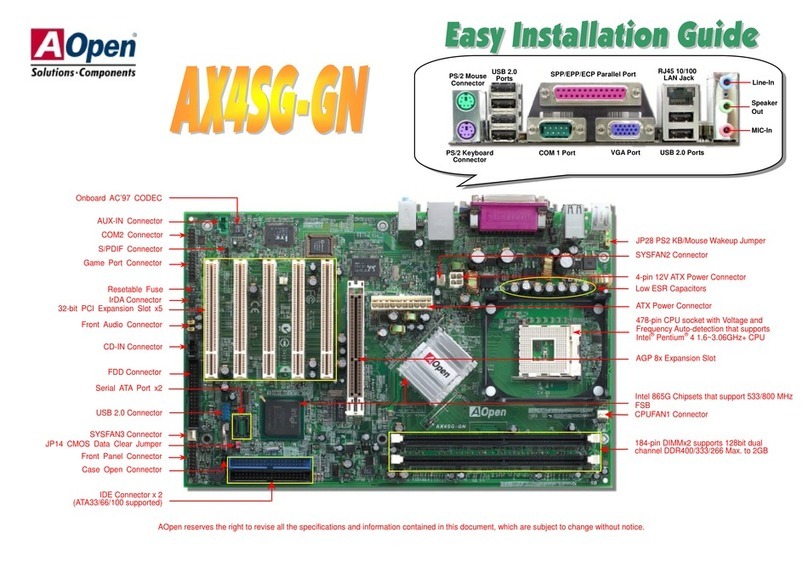
AOpen
AOpen AX4SG-GN Datasheet
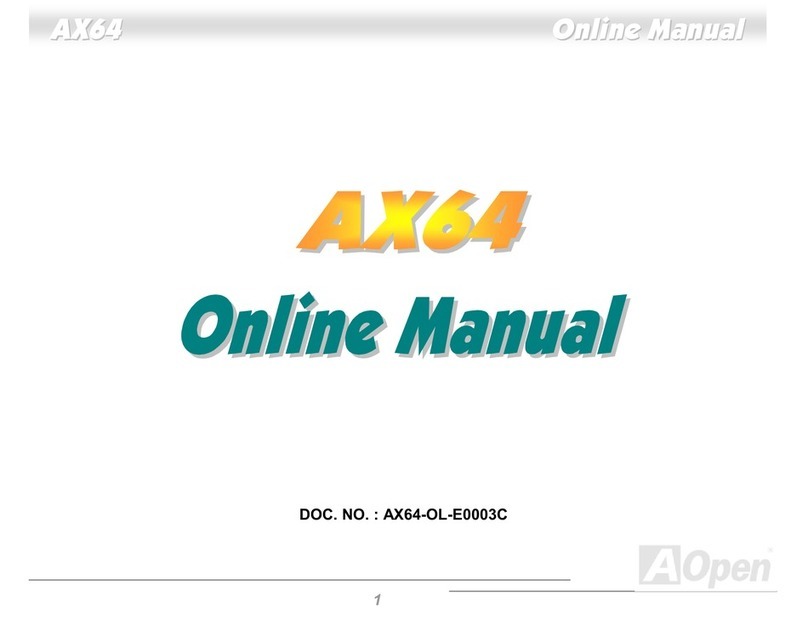
AOpen
AOpen AX64 Setup guide

AOpen
AOpen Fortress 9000 Setup guide

AOpen
AOpen MX3S Datasheet

AOpen
AOpen AX4SG-GN Setup guide
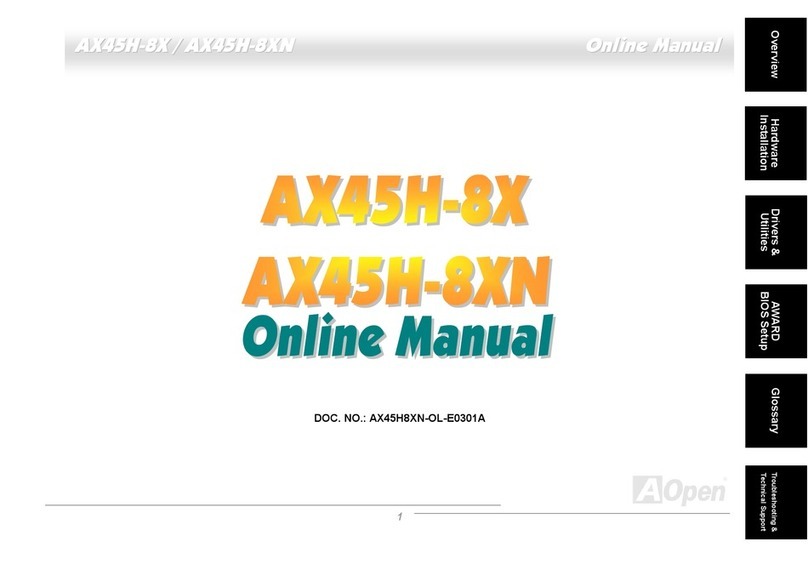
AOpen
AOpen AX45H-8X Max Setup guide
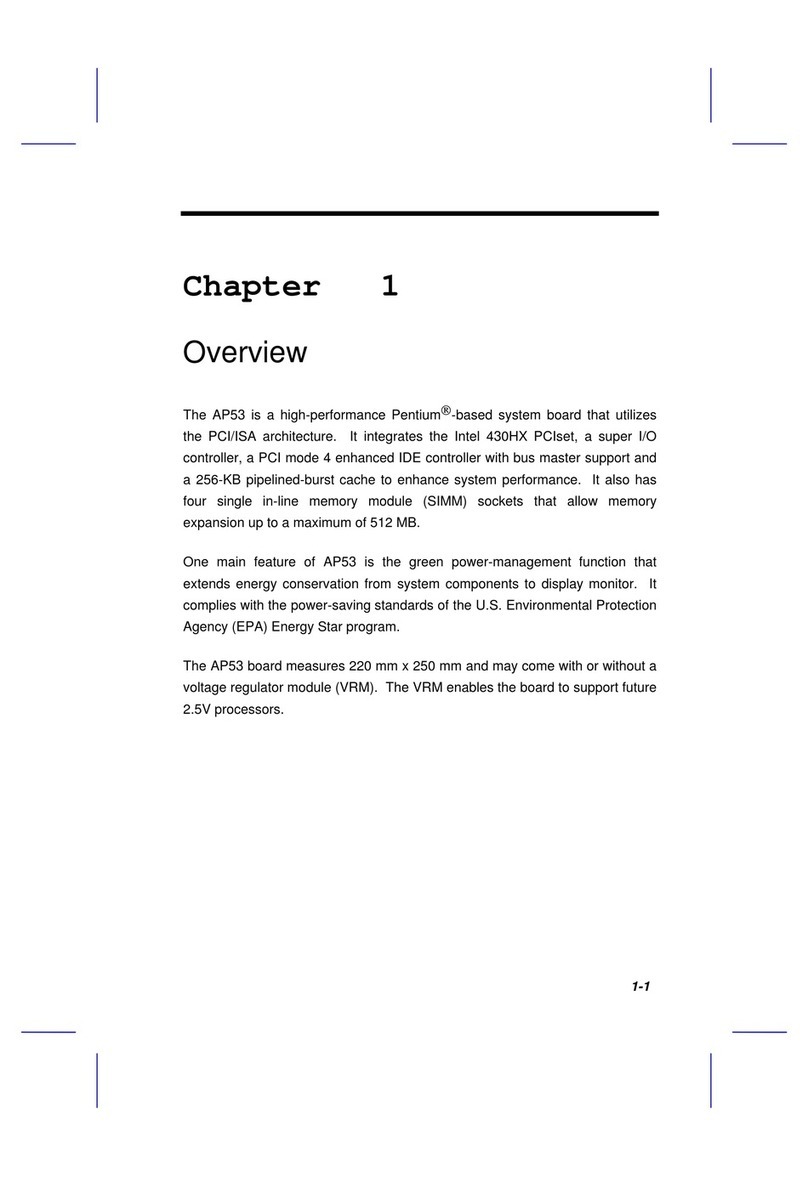
AOpen
AOpen AP53 User manual

AOpen
AOpen S661FXM-US User manual
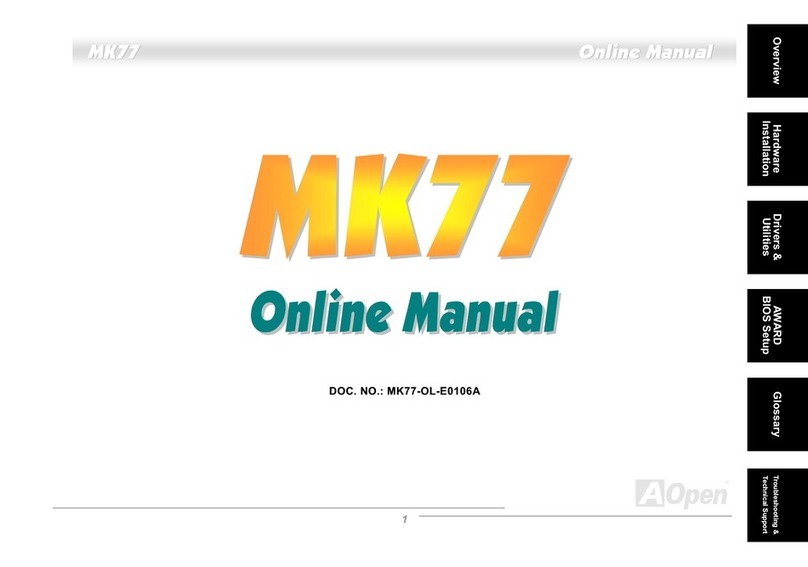
AOpen
AOpen MK77 User manual

AOpen
AOpen AK77-600N Datasheet

AOpen
AOpen AX5TC User manual

AOpen
AOpen AX34 Pro II Datasheet
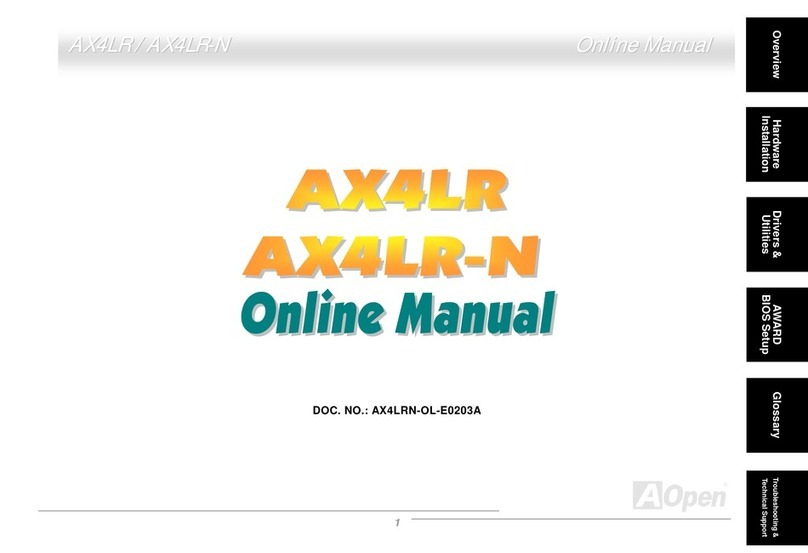
AOpen
AOpen AX4LR User manual

AOpen
AOpen AX4PE Max Setup guide
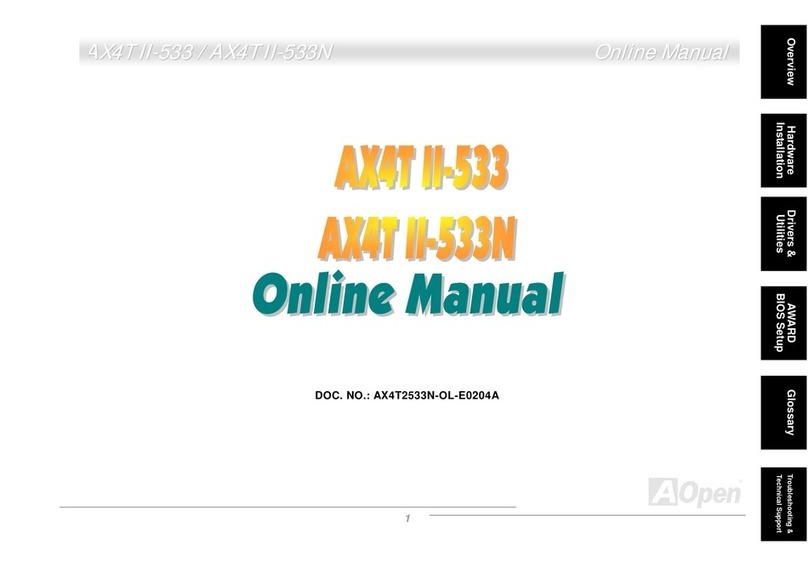
AOpen
AOpen AX4T II-533 Setup guide
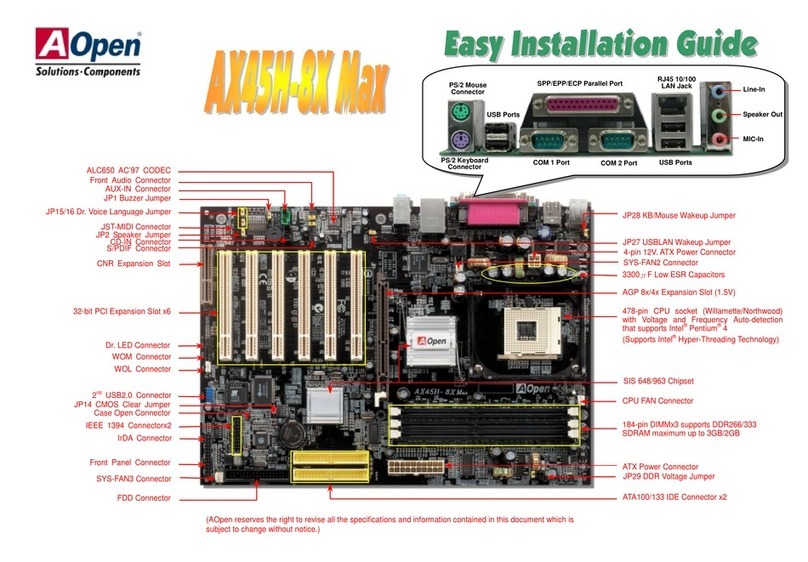
AOpen
AOpen AX45H-8X Max Datasheet
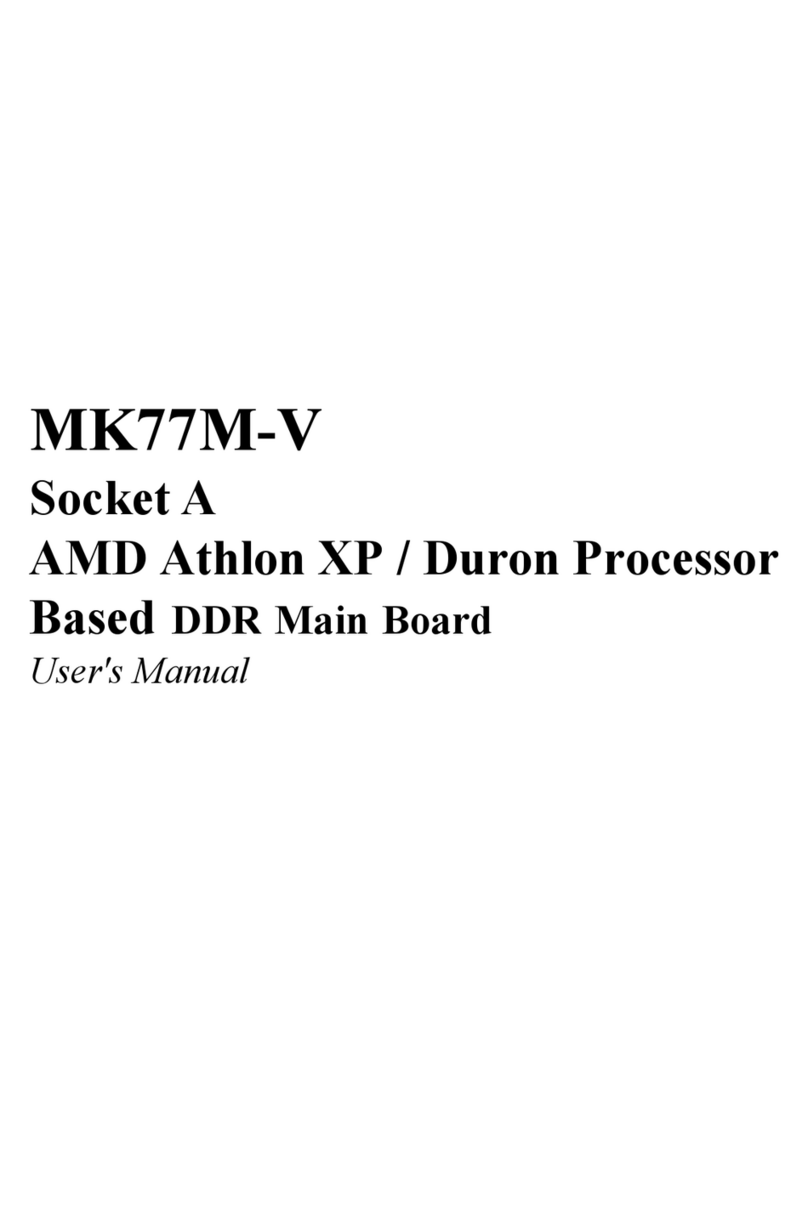
AOpen
AOpen MK77M-V User manual
Popular Motherboard manuals by other brands

Colorful
Colorful CVN Z790 GAMING FROZEN V20 installation instructions
ON Semiconductor
ON Semiconductor MT9P011 user manual
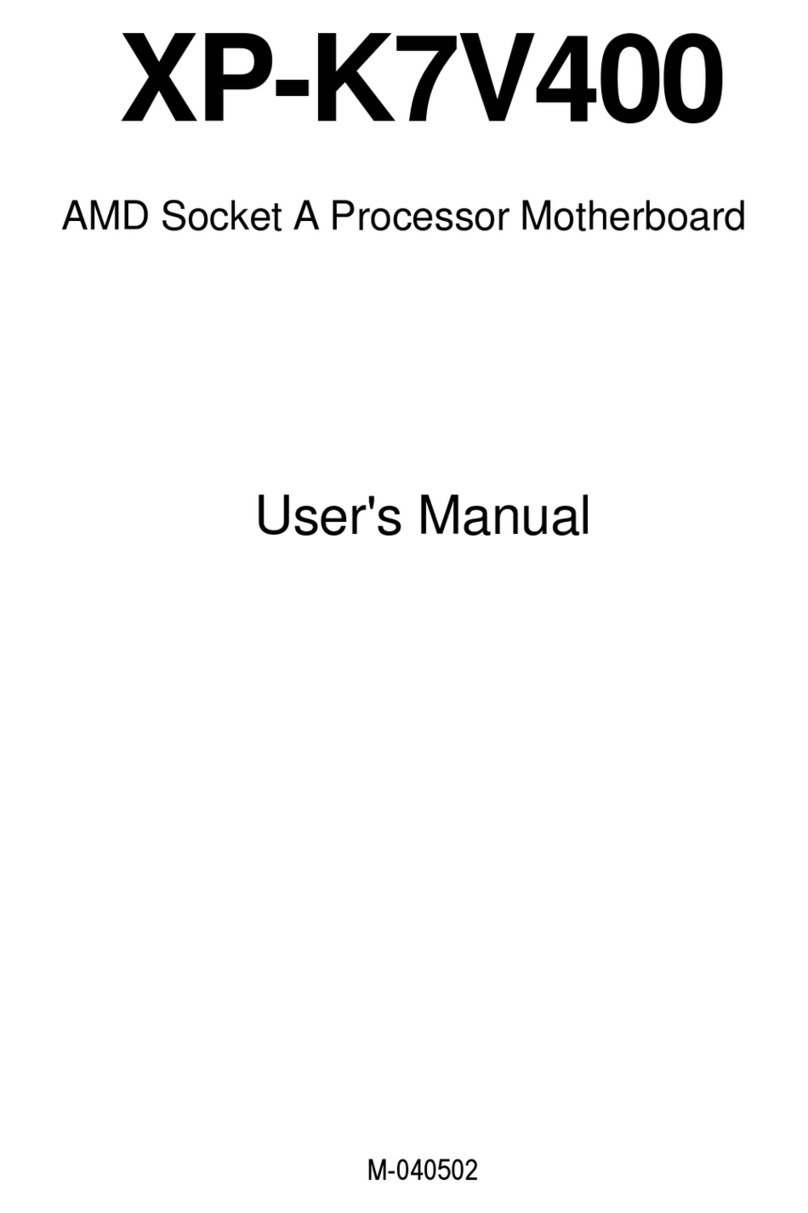
Gigatrend Technology
Gigatrend Technology Axper XP-K7V400 user manual
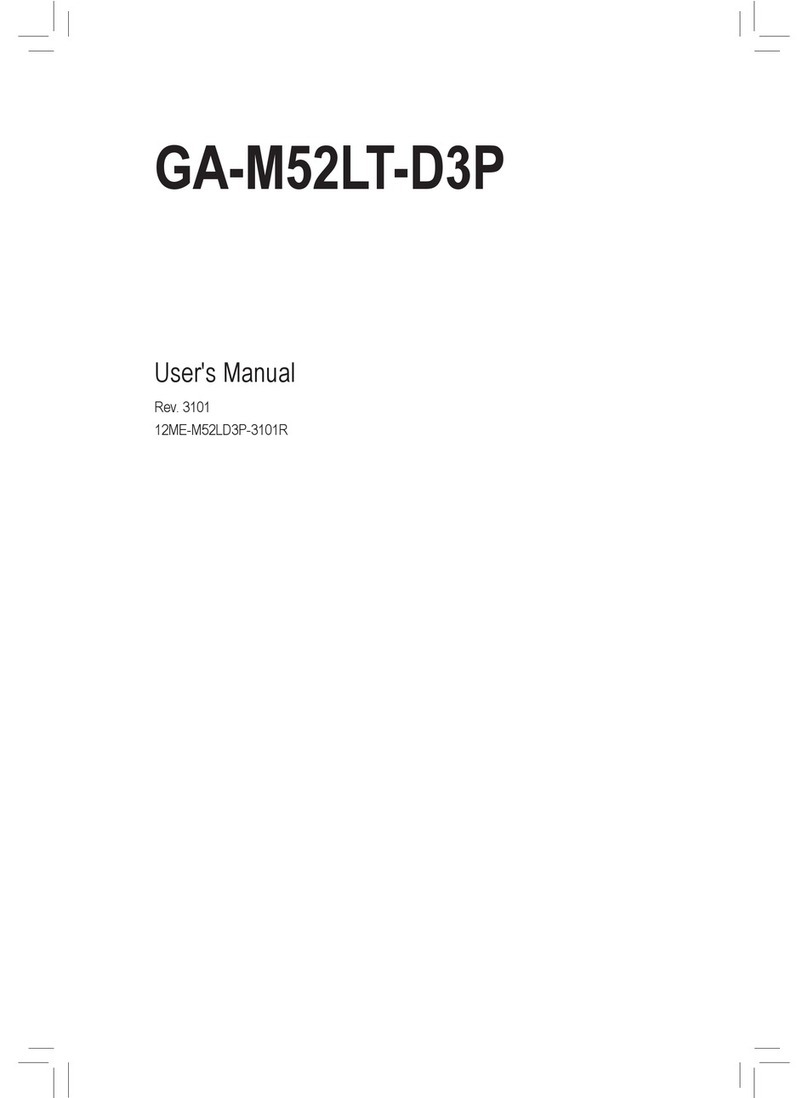
Gigabyte
Gigabyte GA-M52LT-D3P user manual

Analog Devices
Analog Devices EZ-KIT Lite ADSP-BF506F System manual

ST
ST STEVAL-IPP003V1 Schematic diagram

